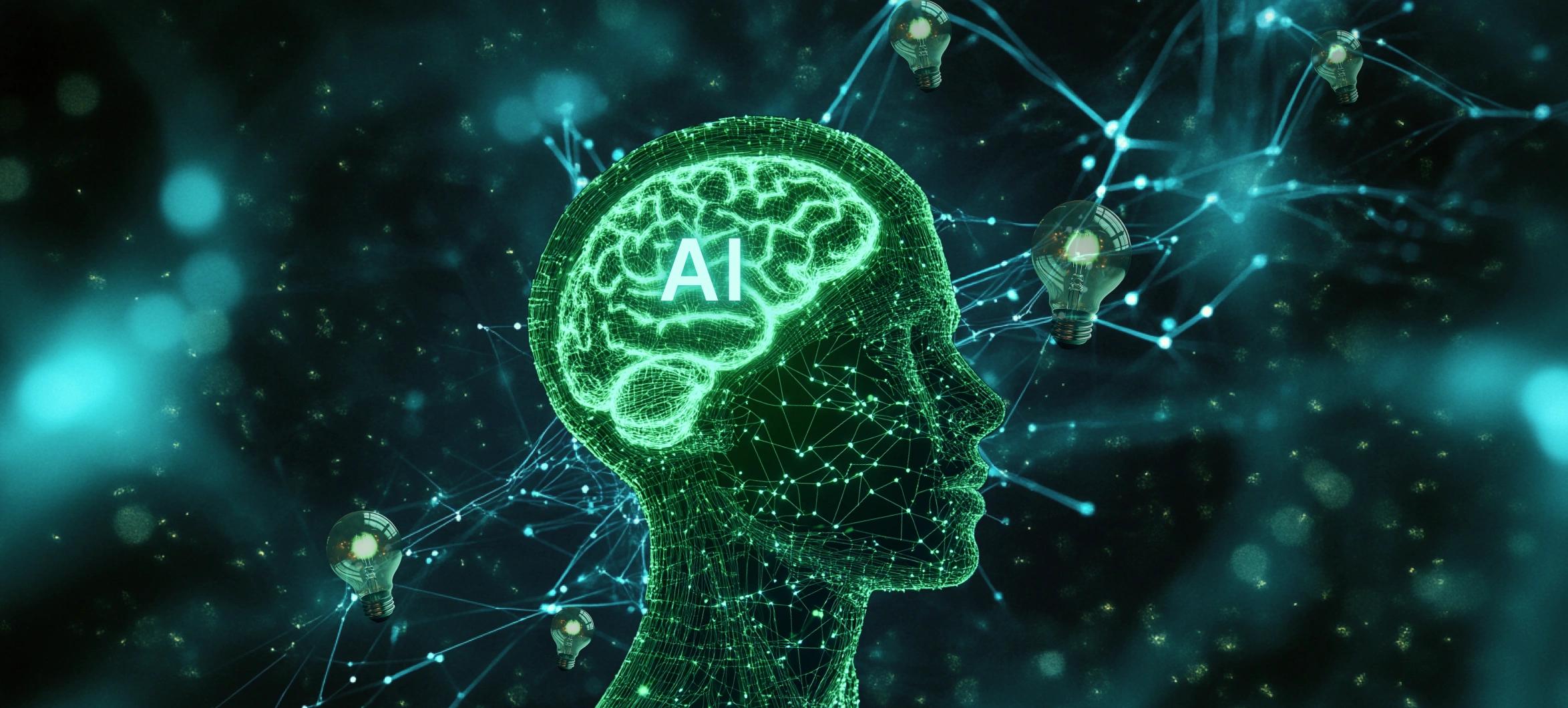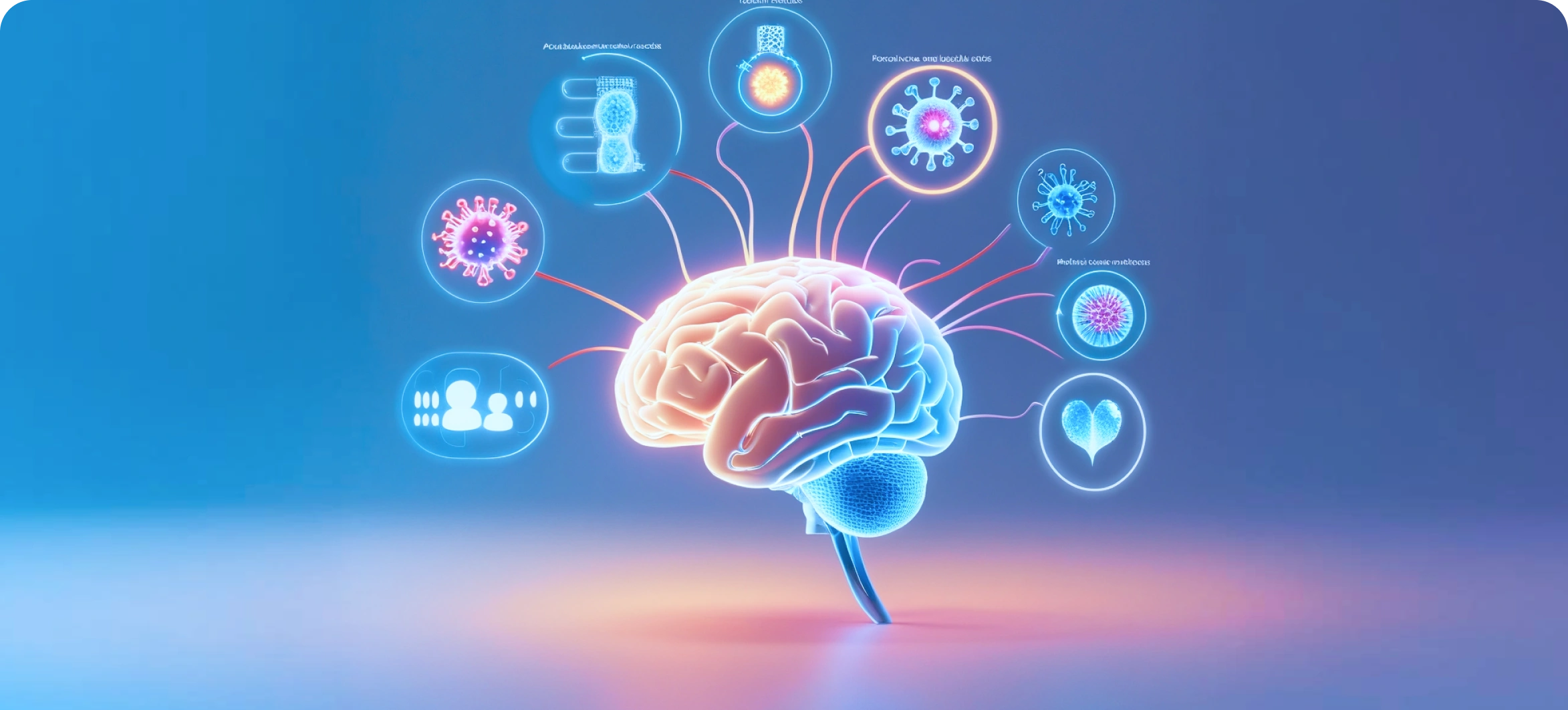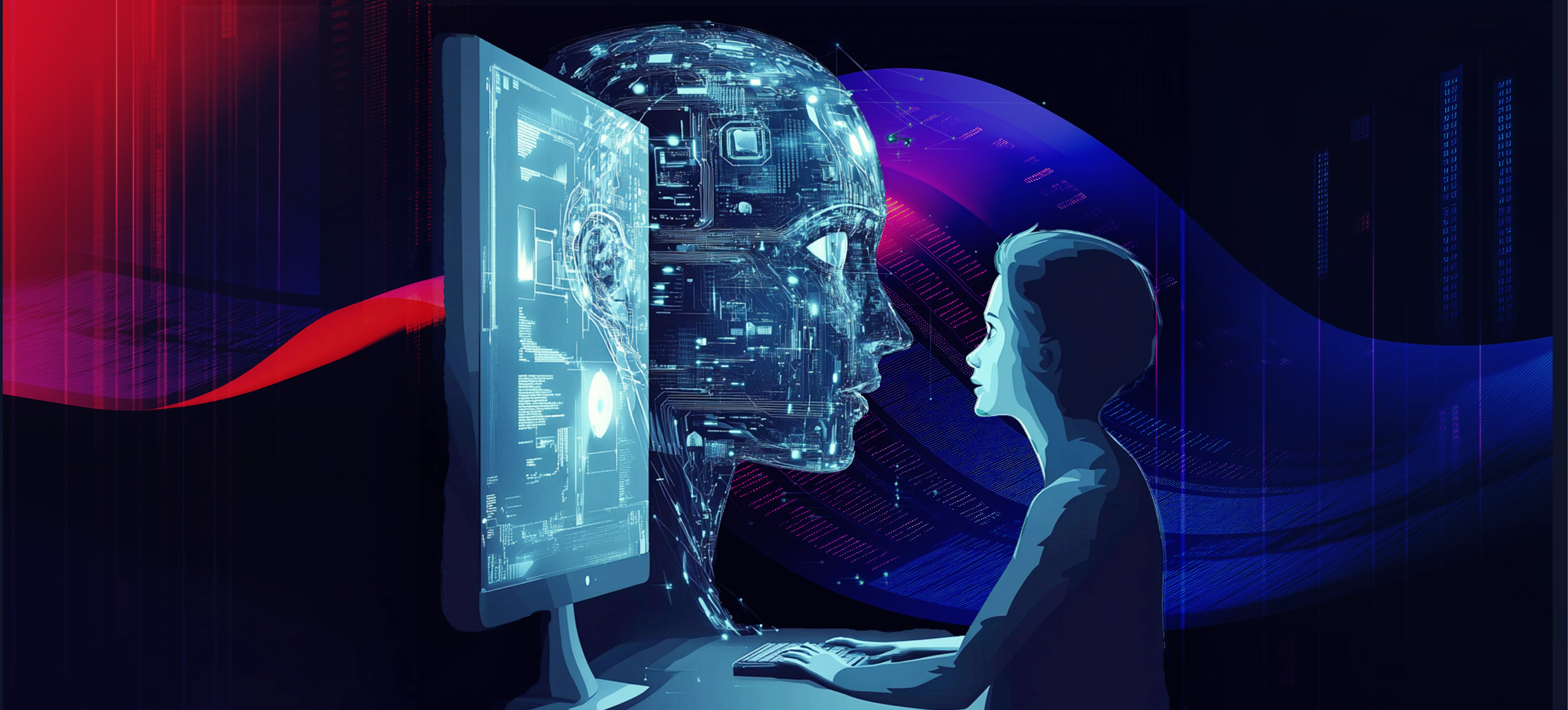A Crisis in AI Decision-Making
At the height of the COVID-19 pandemic one of the largest banks in the U.S. was hit by a public relations disaster. Thousands of customers found their accounts inexplicably frozen, leaving them unable to access their money for essential transactions. Angry customers flooded social media and filed lawsuits, demanding answers.
The automation of their fraud detection system, designed to identify suspicious activity based on historical data, had suddenly flagged a wave of legitimate transactions. There was no human-readable explanation. Despite scrambling, compliance officers couldn’t override or justify the system’s conclusions. The reason? The system itself didn’t know why!
What was meant to be an efficiency booster turned into an operational liability. And the bank wasn’t alone.

Hidden costs of AI Decision-Making Crisis.
Similar issues played out in healthcare, hiring algorithms, supply chain decisions, and compliance systems. This is where the blaring loophole of AI models surfaces – it could predict but could not explain.
This is where we need to zoom in on ‘Neural networks’, which are incredible at pattern recognition, but have some fundamental flaws.
➡ They don’t understand the world like humans do.
➡ They can’t justify their decisions in a meaningful way.
➡ They operate as black boxes, making high-stakes decisions without transparency.

To solve this is where Neuro-Symbolic AI comes in – the bridge between deep learning and logical reasoning that differentiates AI from a mere predictor.
Why Neuro-Symbolic AI is Changing the Game
To understand Neuro-Symbolic AI, consider how humans make rational decisions.
Let’s suppose, you’re a doctor diagnosing a rare disease. You rely on :
- Pattern Recognition → Looking at symptoms and past cases.
- Logical Deduction → Applying medical knowledge and rules to validate your conclusion.
Neural networks are great at the first step. They can analyze millions of images and identify patterns faster than any human. But without symbolic reasoning, they can’t interpret medical literature, regulatory guidelines, or logical constraints. So, Neuro-Symbolic AI steps in.
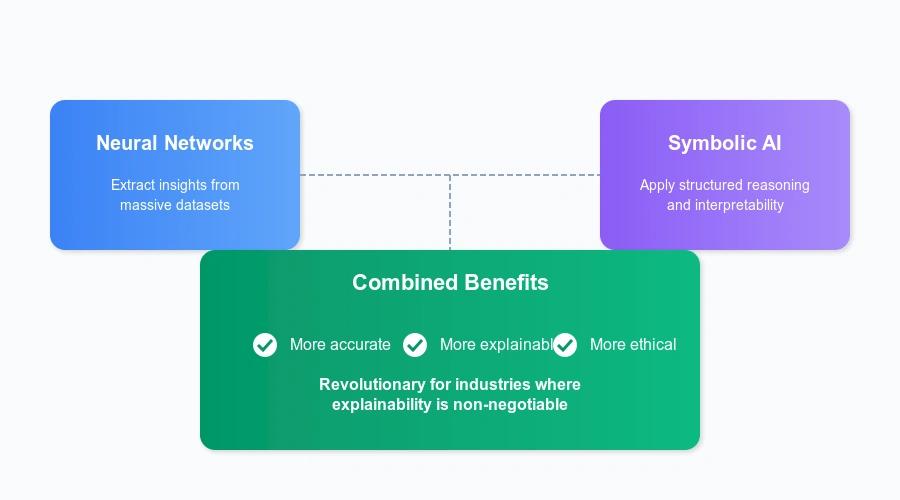
Benefits of a combination of Neural Networks and Symbolic AI
Neuro-Symbolic AI merges deep learning with logical reasoning, delivering AI solutions that are more accurate, explainable, and compliant – transforming decision-making in high-stakes industries.
Top 3 Industries That Benefit From Neuro-Symbolic AI
1. Financial Services – Smarter Fraud Detection
Problem
Traditional fraud detection relies on historical patterns. But fraud evolves, and AI models trained on old data struggle to detect new schemes.
Solution
- Neural networks scan millions of transactions for anomalies.
- Symbolic AI applies logical constraints and compliance rules (e.g., regulatory anti-money laundering [AML] laws).
- The AI flags fraud while also explaining why a transaction violates policies.
Case Study : IBM Research has integrated Neuro-Symbolic AI into financial compliance systems, reducing false positives by 60% and improving real fraud detection accuracy [Source : IBM Research, 2023].

2. Healthcare – AI That Explains Its Diagnoses
Problem
Black-box AI diagnosing diseases leads to mistrust among doctors and patients. Without explainability, medical professionals hesitate to adopt AI-driven diagnoses.
Solution
- Neural networks analyze radiology scans.
- Symbolic AI references medical literature and clinical rules to validate the AI’s conclusion.
- The AI provides a reasoned diagnosis, explaining how it reached that decision.
Case Study : Mayo Clinic uses Neuro-Symbolic AI in radiology, reducing diagnostic errors by 30% and improving physician trust in AI-driven tools. [Source : Mayo Clinic AI Research, 2023]

3. Supply Chain – Optimization with Compliance
Problem
AI can predict demand fluctuations, but without considering contract restrictions, sustainability requirements, and trade regulations, it can make recommendations that violate legal and business constraints.
Solution
- Neural networks forecast demand using historical and market data.
- Symbolic AI ensures regulatory compliance by factoring in supplier agreements, import/export laws, and sustainability policies.
Case Study : Siemens developed Neuro-Symbolic AI-powered logistics systems, reducing inefficiencies by 20% and ensuring compliance with international trade policies. [Source : Siemens AI Research, 2023]

Why C-Suite Leaders Must Act Now
Executives are no longer asking, "Can AI solve this problem?". Instead, they’re asking, "Can we trust the AI’s decisions?"
With Neuro-Symbolic AI, the answer is finally "Yes."
Businesses that adopt this approach gain :
Explainable AI → Decisions that can be audited and justified.✔
Regulatory Alignment → AI models that comply with governance standards.✔
Better Business Outcomes → AI that thinks before it acts.✔
The foundation of AI implementation is not just deep learning, it’s deep learning that can reason.
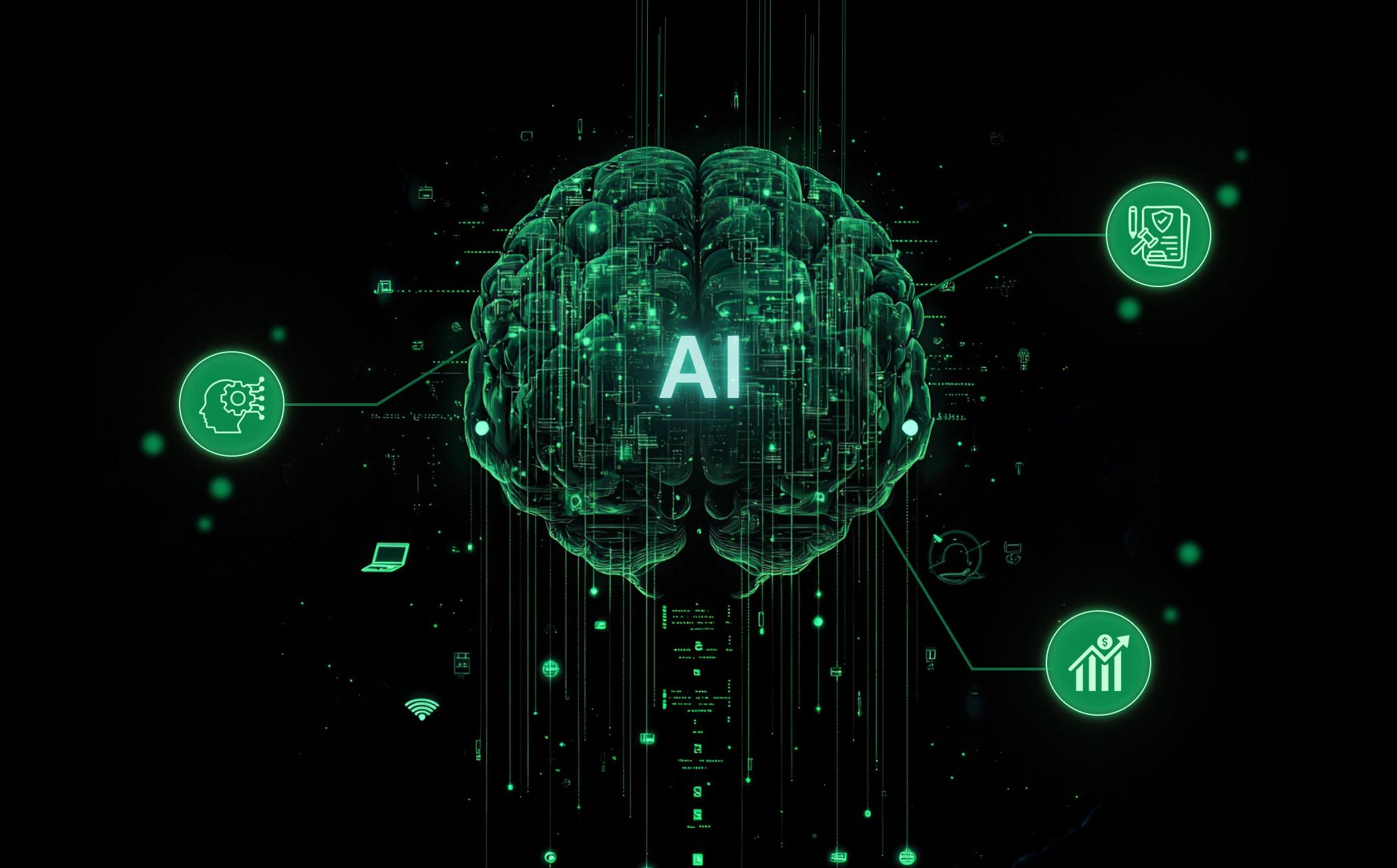
Advantages of Neuro-Symbolic AI.
Take Action To Future-Proof Your AI Strategy
By now, it’s established that Black-box AI models are no longer enough.
Executives who embrace Neuro-Symbolic AI will lead industries where trust, compliance, and performance define success.
If you wish to stay ahead of the game, move on from the relics of AI to the contemporary concepts of AI.
Download our whitepaper
Navigating AI Complexities With the GGC Framework
- Learn how to establish AI governance for complete oversight, transparency, and regulatory compliance.
- Leverage real-time feedback and Human-AI collaboration for reliable, scalable AI.
- Overcome AI adoption challenges like data quality, traceability, and labor-intensive processes for seamless integration.
- Implement the GGC Framework to drive responsible AI adoption while maximizing financial returns through efficiency and accuracy.
FAQs – Neuro-Symbolic AI
1. How does Neuro-Symbolic AI improve explainability in AI models?
Unlike deep learning, which makes pattern-based decisions, Neuro-Symbolic AI integrates logical reasoning allowing AI to provide step-by-step explanations for its conclusions.
2. Which industries benefit most from Neuro-Symbolic AI?
Finance, healthcare, supply chain, and regulatory compliance benefit the most due to their need for explainable, regulation-compliant AI systems.
3. Are any major companies using Neuro-Symbolic AI?
Yes. IBM, Siemens, and Mayo Clinic actively leverage Neuro-Symbolic AI to improve fraud detection, medical diagnostics, and supply chain management.
4. How can my company integrate Neuro-Symbolic AI?
Start by assessing your current AI decision-making risks. Work with AI consultants to implement hybrid AI models that combine neural networks with rule-based reasoning.
Food For Thought
AI is no longer just about intelligence, it’s about wisdom. Executives who invest in Neuro-Symbolic AI today will build future-proof, ethical, and high-performing AI systems.
But, will your AI be able to justify its decisions?
The time to act is now!

